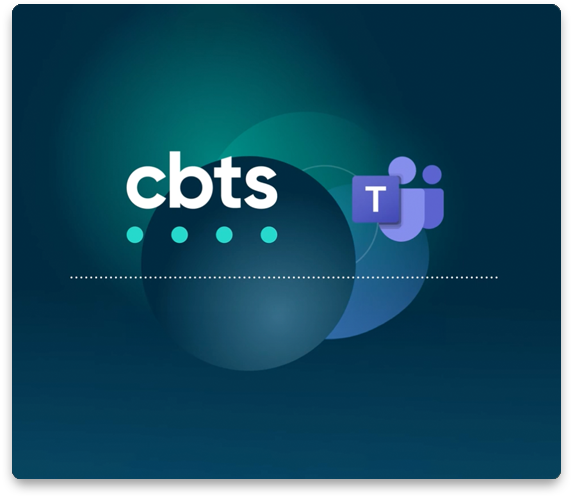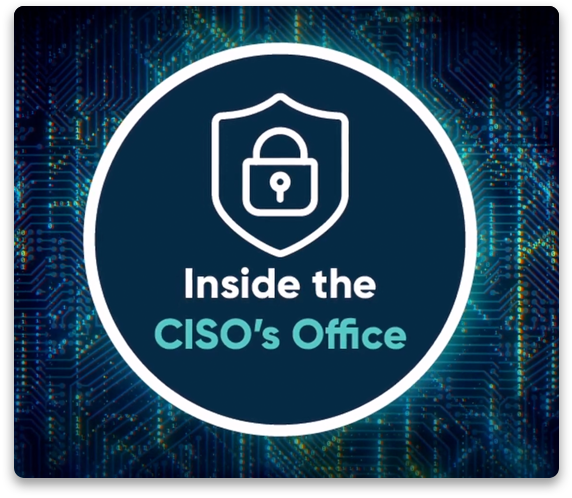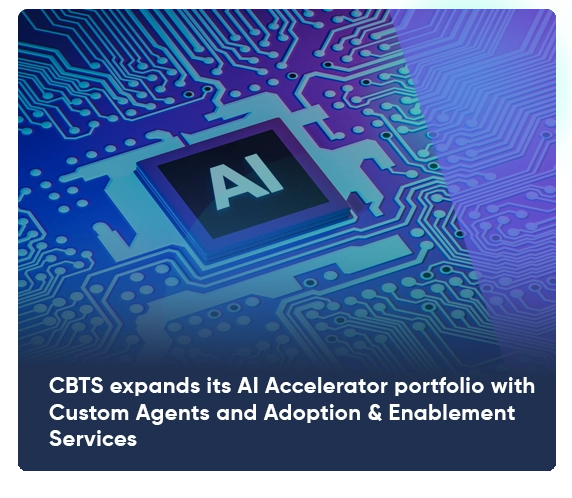
Enterprises in today’s increasingly global marketplace face modern communications challenges. Multiple locations, remote workforces, and international commerce all mean that work happens asynchronously, while at the same time necessitating crystal-clear, seamless exchanges of information.
Unified communications (UC) solutions are rising to meet these needs. These comprehensive communications platforms aim to consolidate as many threads of enterprise communication as possible into a consistent, accessible, and easily understandable whole.
As the backbone for internal communication, these platforms are also becoming the foundation of essential collaboration across organizations—a role most solutions are leaning into with tools designed to facilitate a next-generation style of teamwork. Unified communications shape the future of leading-edge enterprises by:
- Enabling enhanced collaboration: Beyond simply facilitating more and easier collaboration, unified communications solutions empower organizations to engage in new kinds of collaboration across wider gaps than ever before.
- Securing the foundations of innovation: As businesses grow and evolve their digital workplaces, unified communications solutions ensure a safe environment for experimentation in a world of advancing threats.
- Setting the table for further developments: UC solutions are a key rung on the digital transformation ladder, capturing data and modernizing infrastructure in a way that catalyzes future growth.
This post explores in greater depth the trends in modern unified communications and the implications they have for business collaboration in the years to come.
Unified communications solutions raise collaboration to the next level
Innovation relies on collaboration—and collaboration relies on high-quality communication. Unified communications platforms facilitate information sharing with unprecedented ease and speed, accelerating the pace of business to meet today’s economic demands.
The digital workplace
In a digital era, enterprises are less and less defined by their physical location. Across industries, workers are increasingly pursuing hybrid or fully remote employment models, and multi-national organizations do business and support customers around the globe. Unified communications make this flexibility possible by providing a platform for location-independent connection: the digital workplace.
Key features of unified communications solutions allow employees to fully engage with work from anywhere:
- Seamless voice, video, and text communication
- Conferencing
- Shared workspaces
- File sharing
- Shared file storage and version management
- Shared scheduling and productivity tools
- Mobility features for a consistent user presence
AI-enhanced productivity
Contemporary UC solutions incorporate AI tools to boost employee productivity. These features can automate time-consuming or repetitive tasks, like transcription, meeting summaries, call notes, and follow-up scheduling. Generative AI tools can even offer chat or email templates and suggestions, providing more consistency in output and messaging. Fewer items fall through the cracks, with more time reserved for innovative, high-value work.
Read more: How to prepare for AI-based communications in ten critical steps
Broader, smarter integrations
Business intelligence systems have been growing in sophistication for some time, and digital transformation gives enterprises more tools to quantify and optimize their operations. Unified communications solutions fit neatly into this paradigm by connecting with other platforms in your organization’s technology ecosystem, enabling new insights and driving greater efficiency.
One ideal candidate for integration is your customer relationship management (CRM) platform. UC solutions can automatically transcribe, summarize, and log customer interactions and surface insights from a customer’s history to a service agent in real time. Internally, UC solutions also offer fine-grained visibility into employee performance and empower teams to pursue specific, relevant KPIs. Alongside cloud storage and productivity platforms, unified communications enable employees to work seamlessly on the same files while keeping the entire team up to date.
Sophisticated cyber threats demand leading-edge security
It would be naïve to neglect that investing in a unified digital workplace, while essential, exposes an organization to novel lines of attack. The cyber threat landscape is evolving as quickly as enterprise digital transformation and purpose-built cybersecurity measures are necessary to shield against complex modern attacks.
Unified communications solutions consolidate the day-to-day activity of your business within a comprehensive, secure platform. To build and maintain the trust of their users, UC solutions providers are incentivized to stay ahead of evolving cyber threats with best-in-class security features like end-to-end encryption. Moreover, improved integration allows UC platforms to take advantage of next-generation, AI-driven enterprise cybersecurity to protect essential business communications.
Unified communications opens the door to accelerated transformation
In the short term, unified communications solutions can improve an enterprise’s existing workflows, facilitating greater productivity and efficiency. As a foundation for growth, however, unified communications enable a new way of doing business through flexible infrastructure, data-driven development, and an enhanced employee experience—essential first steps toward making the most of future technological advancements.
Flexible infrastructure: A unified communications platform empowers enterprises to scale service up and down or relocate as needed, allowing you to adapt to changing circumstances, consolidate costs into a predictable operational expense, and rightsize them for your needs at any given moment.
Data-driven growth: UC solutions move another segment of your business operations under the umbrella of data collection and analysis. You gain unprecedented visibility into internal and external communications and can cross-reference UC trends with any additional business information systems for multi-faceted insights. Further, consolidating operational data positions you for success if you go on to explore enterprise-level AI, as the broader the range of data AI can access, the more precise its results can be.
Outstanding employee experience: An organization’s employee experience is a key driver of its customer experience—in short, satisfied employees lead to satisfied customers. Unified communications platforms are a base on which to build streamlined, custom workflows, allowing employees to adapt the tools they use every day to their own work styles. With a personalized workspace, employees are less frustrated, more productive, and more engaged, delivering better performance and superior customer service.
Redefine collaboration with unified communications solutions from CBTS
Modernized communications platforms empower your workforce to innovate together and reach your organization’s full potential. Simultaneously, unified communications are a key piece of the digital transformation puzzle, paving the way for next-generation enterprise technology and the possibilities that come with it. To maximize the impact of your communications technology, in both the short and long term, developing the right solution for your business is essential.
CBTS leverages decades of experience and certified solutions expertise to design custom unified communications implementations for virtually any enterprise. Partner with CBTS to enjoy end-to-end support, from inception to ongoing maintenance, for a core operational system and a catalyst for future growth. To learn more about the collaboration possibilities of unified communications for your organization, contact CBTS today.





















